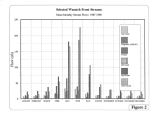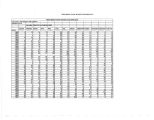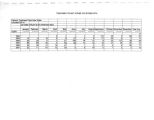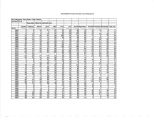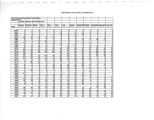| OCR Text |
Show Chapter 1 Introduction 1988 Watershed Management Plan and identify new issues and concerns that should be addressed. The recommendations formulated in the ' 99 Watershed Plan are based on a reevaluation of the plan by jurisdictional agencies in the canyons, public comments, new issues that have arisen, and changing conditions in the canyons. This " 99 Watershed Plan has been prepared with active involvement from the public. Public meetings were held at the Main Salt Lake City Library and Salt Lake County Whitmore Library on September 23,1997 and September 25,1997. In early April, 1998, the jurisdictions with primary responsibility in the watersheds held three working sessions to discuss the major issues and alternative approaches to obtain watershed protection. The results of these discussions, and review of potential alternatives by development, conservation, and community interests, are reflected in the alternatives and recommendations section of this document ( see Chapter 5). A public hearing was held August 20th, 1998 in the Salt Lake City and County Building to discuss the draft of the v99 Watershed Plan. The meeting was jointly conducted by the Salt Lake City Planning Commission and the Salt Lake City Department of Public Utilities Advisory Committee. During this meeting, the public commented on the draft of the v99 Watershed Plan. A summary of the oral and written comments along with the responses are provided in Appendix D. The Salt Lake Planning Commission and the Public Utilities Advisory Committee reviewed the public comments, selected the preferred plan, and recommended the ' 99 Watershed Plan to the Salt Lake City Council. The City Council held a public hearing, and adopted the final Salt Lake City Watershed Management Plan September 7,1999. A detailed analysis of present water quality has been conducted as part of the Management Plan Update. Conditions have been analyzed and summarized in Chapter 2. In general, water quality remains excellent in the Wasatch Canyons, but 1995- 96 data reveals a spike in coliform counts, an indicator of bacteria in canyon streams. Concern over potentially deteriorating conditions has lead to recommendations in this plan to protect and improve Salt Lake City watershed conditions. Other plans exist for the Wasatch Front, such as the U. S. Forest Service's Wasatch- Cache National Forest plan ( 1985), which includes direction on management of United States lands within the Salt Lake City watershed area. Salt Lake County has adopted Page 2 |






































































































































































































